
GIPHY: Monkey Skateboard
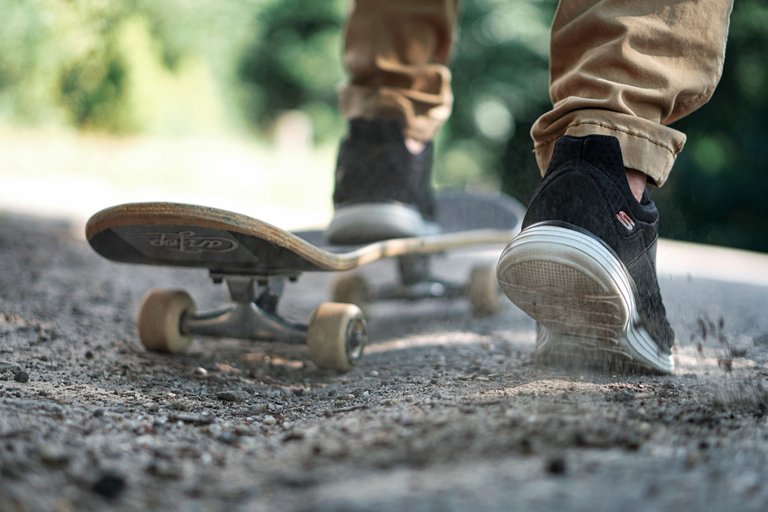
source www.pixabay.com
Thank you Skateboarding!
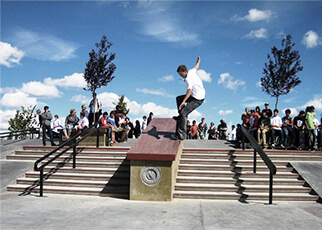
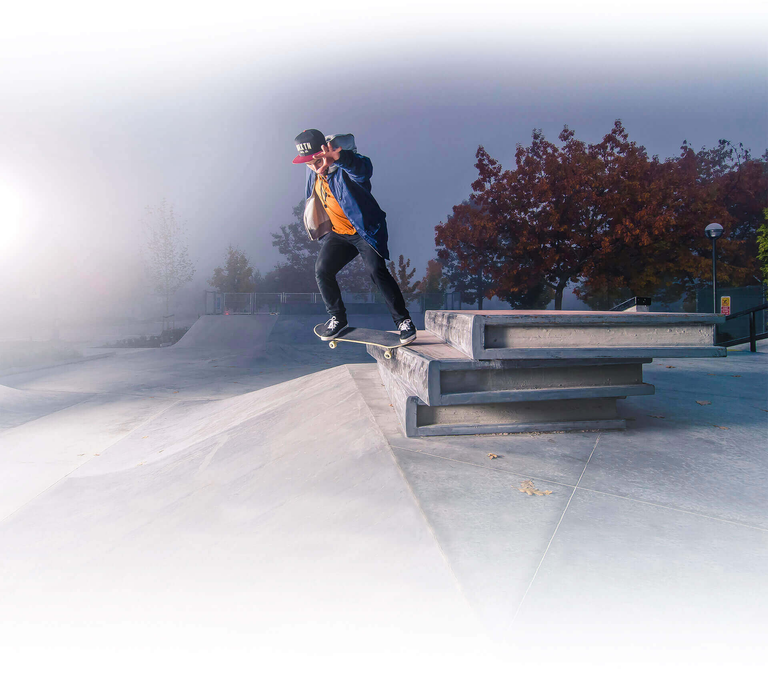


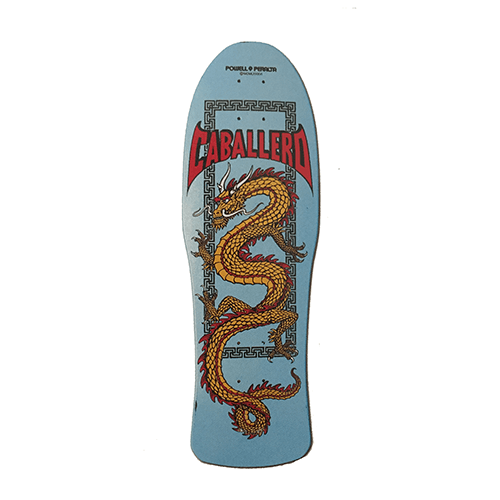
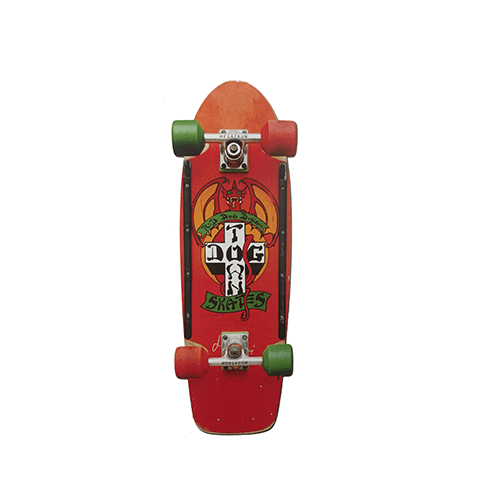
From that moment on, skateboarding was no longer just a form of riding and cruising. The numerous skaters wanted to show their skills more and more and skateboard companies were looking for the best skaters in competitions for their teams, whom they then equipped with their boards or clothing. “Sponsorship” was born and has been established ever since. In the most diverse disciplines, such as driving slalom around cones or acrobatic exercises on the board, you could win up to 1000 US dollars as a contest winner. That was really a lot back then! At that time, the first pure skateboarding magazine was created. “The Quarterly Skateboarder” published detailed reports and pictures of the whole skateboard scene.
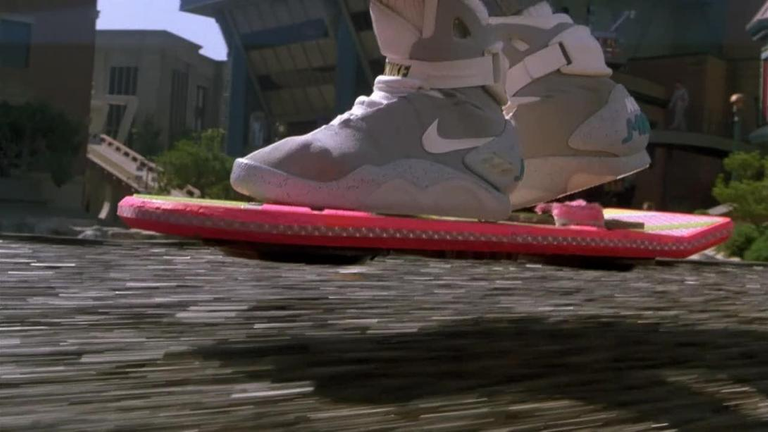
Still from the movie Back to the Future, flying skateboard.
The next innovation and the trigger for the second skateboarding boom was the urethane wheel. Skateboarder and surfer Frank Nasworthy experimented with urethane wheels and quickly noticed that the wheels had better handling and steering. In 1973, he founded the company “Cadillac-Wheels”, manufactured his own wheels and sold them to various surf stores. Other companies followed, which produced skateboard wheels from urethane and the properties of skateboard axles were further developed. The newer skateboards were easier to handle and skateboarders developed new tricks and all maneuvers became smoother and sleeker. Skateboarding became a bestseller and a variety of disciplines such as freestyle, downhill, and slalom experienced a real boom. New magazines were launched for the skate scene, such as 1975's “Skateboarder Magazine”, and new events were created. In 1976, Florida skateboarders opened the first man-made skate park. New parks quickly emerged with new elements such as vertical ramps and kickers. Several variants of skateboard jumping became increasingly popular, and traditional disciplines such as slalom skiing lost popularity.
These new facets of skateboarding brought about an evolution in skateboard accessories. Boards became wider for more floor space, and the concave was also used more frequently. This improved stability and steering behavior. Thanks to the airs when riding in the pipe, the bottom of the skateboards were often visible. Brands used this and designed boards full of creativity. Thus was born the aerodynamic design of skateboards, not the hoverboard that appeared in Back to the Future, but they seemed to fly and hover in the air.
Alen Gelfand invented the Ollie in the late 1970s. This trick was one of the greatest innovations in skateboarding and is considered the “best skateboard trick ever invented”. From this moment on, completely new trick variations were possible, which redefined street skateboarding. From that moment on, nothing was safe from the rolling boys. Rodney Mullen, one of the first riders to take the ollie to the streets for stunts in the early 1980s, popularized a new style of skating: street skateboarding. Stunt cycling was born.
Around the turn of the year from 1979 to 1980, skateboarding experienced another decline despite all the subsequent developments. Many parks and facilities had to close due to rising insurance costs and new trendy sports, such as BMX riding, were gaining more and more popularity and followers. Still, the mainstream skateboarders stayed and street skateboarding continued to evolve and become more popular.
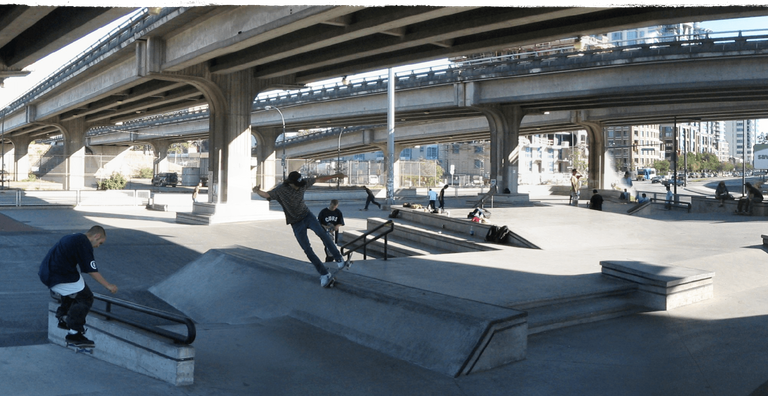
Skatepark Construction
The city with its urban architecture became more and more the territory of street skateboarders. Thrasher Magazine, founded in 1981, mainly published reports on street skating. True to the slogan “Skate And Destroy”, this magazine was aimed at mainstream skaters. In addition to numerous reports and images, Thrasher Magazine also published information about various bands and musical styles and their connection to the skate scene. Opposite the rebellious Thrasher Magazine was Transworld Skateboarding Magazine, which was first available for purchase in 1983. Along with other smaller magazines, the popularity of skateboarding steadily increased again. A global spread of new tricks and invisible skateboarding maneuvers enabled the first BETAMAX, VHS and later DVD style skate videos.
The skateboard industry was booming in the USA and from the mid 1980s it was possible to earn more and more money as a skateboarder. More and more skateboard brands were founded and more and more events were held. By the end of the 1980s, the companies Powell-Peralta, Santa Cruz and Sims/Vision dominated the international market of the scene. The skate fashion, which in addition to the boards now also had Vans, Converse, or Vision shoes as a hallmark, was also worn by non-skateboarders from this time onwards. Skateboarding had reached the whole of society, regardless of status, race or creed.
Paige Tobin, 6, astonishes the world.
Since the mid-1990s, modern skateboarding experienced an upcoming boom, which continues to this day. Mega events such as the Skateboarding X-Games were created, which are broadcast worldwide on television by US broadcaster ESPN and also give non-skateboarders access to the skateboarding scene. Street skating became the most respected discipline and other traditional disciplines, such as slalom, almost completely disappeared. Due to numerous print media, television and especially the Internet, the popularity of various skateboarding areas and skate clothing increased. Countless skateboard companies such as Chocolate, Girl Skateboards or Flip Skateboards were founded in the 1990s, which further advanced the development of skateboard materials. Due to the wide range of possibilities, the level of tricks and maneuvers increased rapidly. They became more difficult, higher and more technical, and every major competition brought new stars. Professional skateboarders and icons of the scene like Tony Hawk and Rodney Mullen earned as much money as European soccer players or NBA basketball players.
Other features include the large and world-renowned “Street League” events. “Street League Skateboarding” is a series of competitions for international skateboarding professionals. Only the best of the best compete here, such as Nyjah Huston, Luan Oliviera, Chris Joslin, Ishod Wiar or Tory Pudwill. Thanks to the prize money of more than 500,000 US dollars for the winner and the attendance of some 100,000 people at the “Street League” events, skateboarding has become a professional sport.

Chikilino in PixaBay
Skateboarding has become a profession for many. Due to the growing global network within the skateboarding scene, skateboarding will continue to grow and bring more innovations in the future. But for most of us, skateboarding is and always will be a hobby and a way of life, a sustainable means of transportation, getting exercise while getting around… At this point, we can only say:
Thank you Skateboarding!
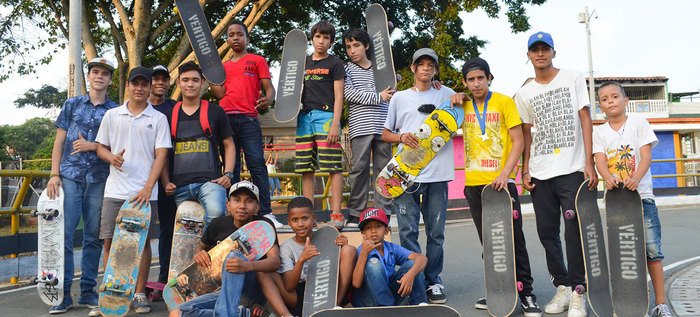
Enjoying skateboarding.


A Picture is Worth A Thousand Words - 8/20/2022



